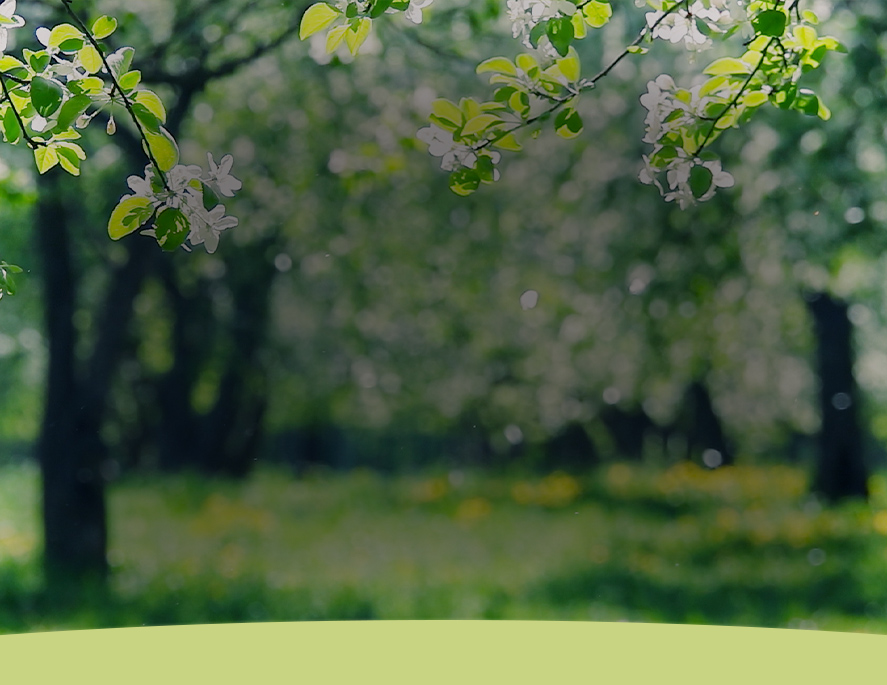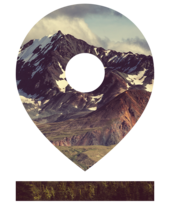
Different places,
different pollen
How local conditions influence the pollen count.
Air differs from place to place – from Montreal to Marrakesh to Mumbai. The amount of pollen in the air also differs. But what factors determine how high the pollen count is? And do people in regions with less pollen automatically have fewer allergies?
Pollen has always been part of our environment and is essential for the survival of plants. However, our immune system can mistakenly classify pollen as a threat to the body and trigger an autoimmune response, resulting in typical symptoms such as watery eyes, a runny nose, sneezing attacks, itching, and breathing problems.
Understanding the
pollen season
The pollen season puts a physical and mental strain on people with hay fever year after year. The bad news is that studies show the duration and intensity of the pollen count tends to increase as climate change progresses. Higher temperatures lead to ever earlier and longer flowering periods, while periods with summer temperatures and no rain drive up pollen production due to the drought stress placed on plants.
In certain latitudes, there are only a few months (fall and the first half of winter) when there is no pollen in the air. In many parts of the Northern Hemisphere, alder and hazel are beginning to bloom as early as January, with other trees following in March. Grasses bloom in spring and summer, followed by plant species such as mugwort and nettles in late summer. Exposure can become permanent, depending on which particular pollen you are allergic to.
Where the pollen count is low
However, there are also places in the world where there is significantly less pollen in the air for a shorter time. Such places are ideal for those with hay fever. How much pollen is in the air and for how long depends on factors such as plant growth, plant diversity, and climatic conditions. In regions where there are hardly any trees, the pollen season starts later, as flowers, grasses, and cereals only produce their pollen during the warmer months.

Polar regions:
Low vegetation density due to poor soil, low temperatures, and harsh weather leads to a low pollen count around the Arctic Circle. The Antarctic provides an extreme example: permanent ice makes it impossible for plants to gain a foothold, so there is no pollen there. It is only in exceptional cases that isolated pollen grains make it to Antarctica via strong winds from South America.

Desert areas:
A lack of rainfall, high temperatures, and silted-up areas make it difficult for plants to grow in desert regions, so there is little to no pollen in the air there.

Mountainous regions:
In mountains such as the Andes or the Himalayas, demanding conditions pose a variety of challenges for the plant world. Only a few plants have adapted to thrive in the infertile soil, long periods of frost, and the strong winds of mountainous regions. The result of this is that airborne pollen is minimal.
What makes good air
A low amount of pollen in the air does not necessarily mean that the air quality is better. The air in desert regions can be polluted by fine dust and small grains of sand, making it difficult to breathe and causing respiratory irritation. In colder regions, industrial activities and mining can pollute the air with substances such as nitrogen oxides, sulfur dioxide, and particulate matter. These pollutants can irritate the mucous membranes and cause respiratory problems. Every region has its own unique challenges when it comes to good air quality.
Do people from Greenland have fewer or different allergies than people from Italy?
It is not possible to answer in general terms whether people who live in regions with a lower pollen count have fewer allergies or whether their allergies differ. Basically, the more allergens you are allergic to in the air, the more severe your symptoms are likely to be. However, it is not clear why more and more people have developed allergies to pollen and other allergens in recent centuries. It is possible that the reduced number of parasites due to more hygienic conditions has caused our immune system to attack other foreign bodies instead. The higher concentration of fine dust in the air today can cause any allergens attached to these particles to penetrate deeper into our airways. In areas with low pollen counts, other allergens – such as fungal spores, house dust mites, and chemical vapors – can also trigger allergies. How many people in a region suffer from allergies seems to depend more on the basic air quality.
Allergen-free zones
However, those with hay fever can find temporary relief even if the amount of pollen or other airborne allergens is high. Air filters can be used to create allergen-free zones. Examples include a powerful cabin air filter in your car, a suitable HVAC system with appropriate filtration at the office, or a fitting air purifier at home. Such allergen-free zones calm the immune system and reduce psychological stress to provide a sustainable increase the well-being of people with hay fever.
Get more insights about what triggers allergies and how we can effectively protect ourselves from them.
Sources:
https://www.allergieinformationsdienst.de/immunsystem-und-allergie/risikofaktoren/hygienehypothese-oder-bauernhofhypothese
https://climate-adapt.eea.europa.eu/en/observatory/evidence/health-effects/aeroallergens
https://ehp.niehs.nih.gov/doi/10.1289/EHP173
https://acaai.org/allergies/allergic-conditions/hay-fever/
https://www.spiegel.de/gesundheit/diagnose/heuschnupfen-saison-beginnt-im-winter-a-ea5051ed-134d-42e5-aaef-520b0e20e86c
 automotive filtration insight
automotive filtration insight